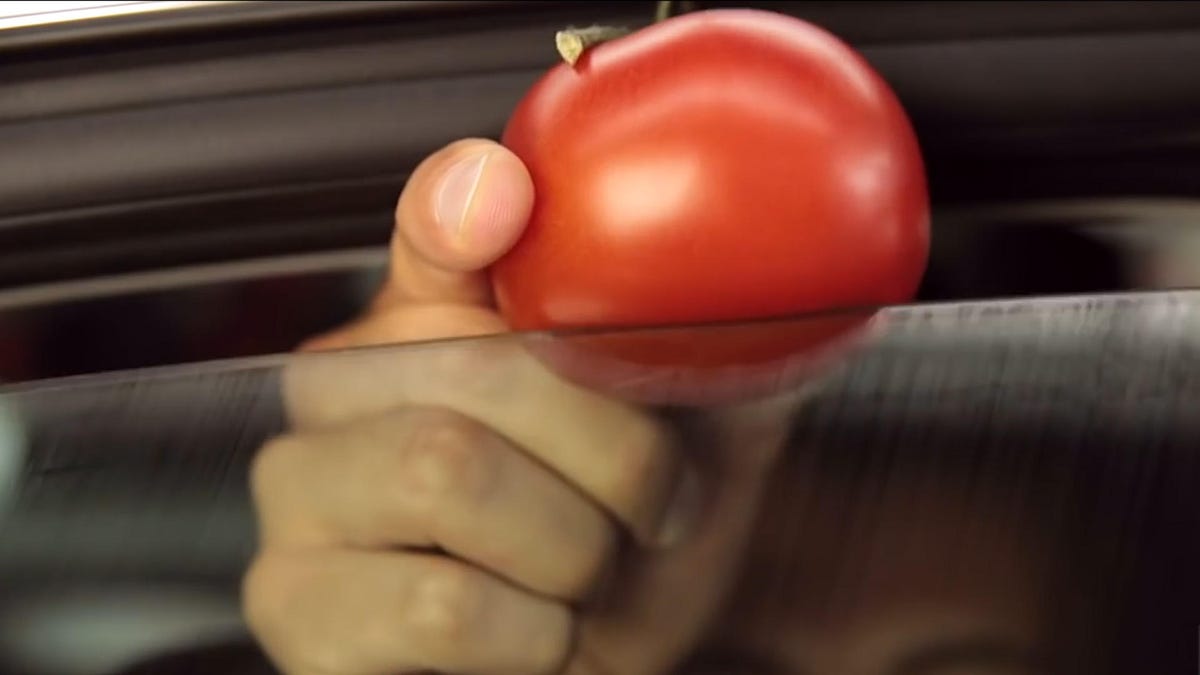Why your car's power windows aren't all automatic
A little bit of safety, a little bit of cheapness.

It's the very definition of a first-world problem: Some of the power windows in our cars operate with a single touch, while others require a constant press. Let's find the origins of this plague on society.
One-touch window closing is called "express-up" in regulatory language, and is regulated because the National Highway Traffic Safety Administration is concerned about arms, legs or necks getting stuck in windows that go up by themselves. In 2011, NHTSA noted that carmakers selling in this country were complying voluntarily with an arcane United Nations Economic Commission for Europe standard that dictates such window behavior. Later, US regulations extended that to cover any car window that can be closed remotely, either via key fob or an app.
Not only has plenty of regulatory attention been paid to automatic windows at all, but also to the switches that control them. As of October, 2010, power window switches in new cars must require you pull up to close the window. No more toggle or rocker switches that a kid or pet can accidentally stand on and trap themselves.
You think your job is tedious. Here's a look at how you test a power window to verify it closes firmly, but not too firmly.
Amid all that window regulation, why aren't all of them express-up? There are three main reasons:
Product segmentation: Express-up is a feature, so carmakers will reserve it to differentiate models and trim levels from each other.
Cost control: NHTSA once calculated it costs $6 per window to give it automatic reversal behavior, a total of at least $18 additional cost for the average vehicle. In an industry where a .35 cent cost increase would be debated in committee, that's a ton of money.
Risk mitigation: Automakers are run by financial and legal teams, so express-up windows are something to be feared as well as featured. That split relationship with the technology suggests that express-up is only deployed on cars where makers think the convenience will be appreciated or expected. Some will limit it to the driver's door window as it has the safety benefit of getting the driver's hands back on the wheel sooner. Everyone else has to babysit their button.

